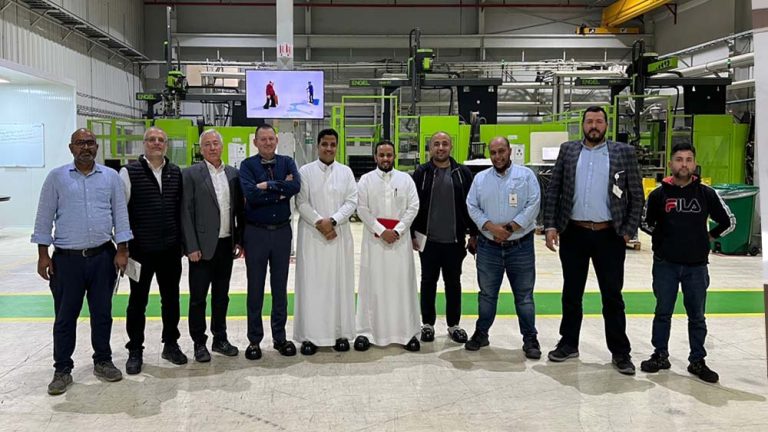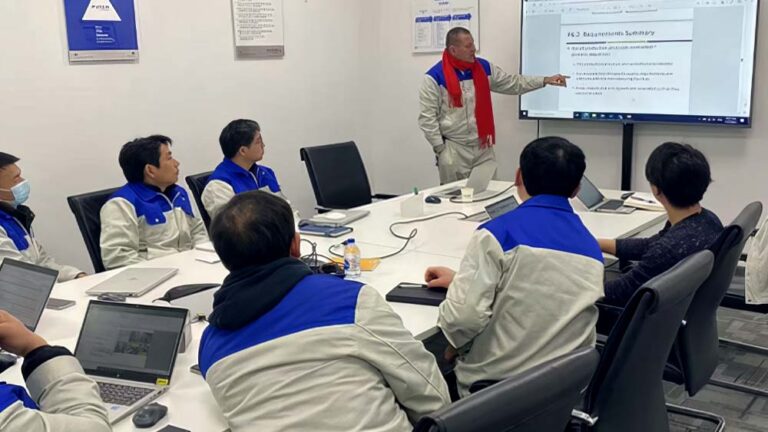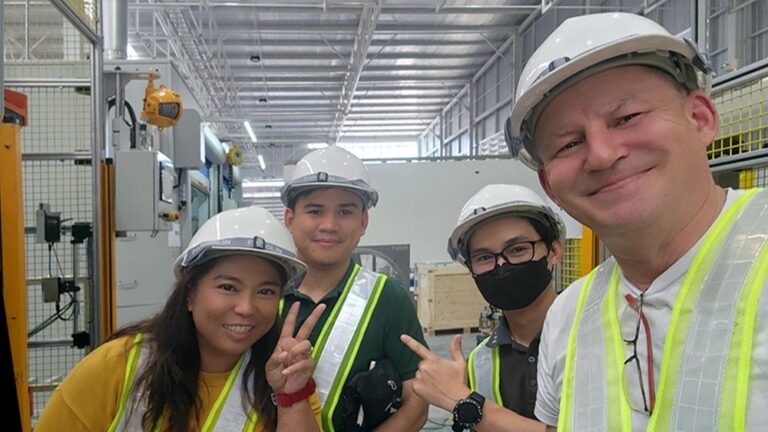Saltillo, Mexico: A Manufacturing Transformation
In Saltillo, Mexico, a visionary Tier 1 automotive manufacturing plant was facing mounting pressures: delayed production schedules, high defect rates, and an aging production line that struggled to keep pace with today’s rapid innovation. Recognizing a pivotal opportunity, the German Quality Service’s leadership and manufacturing engineers embarked on a transformative journey to reimagine every aspect of customer production process.
At the heart of this transformation was Hans Lozay, the lead manufacturing engineer whose incisive analysis identified systemic bottlenecks. Hans and his team rolled up their sleeves, conducting detailed time-motion studies and engaging workers on the floor in candid feedback sessions. They discovered that manual assembly tasks and outdated quality-control procedures were the primary culprits slowing production. With a clear understanding of the issues, the team decided to integrate TPM manufacturing principles and rebuild automation technologies. This marked the beginning of a multi-phased improvement initiative designed to boost efficiency and enhance quality.
Initial Improvements: Kaizen and Automation
The team’s first milestone was a series of “Kaizen” events—intensive workshops that empowered every floor worker to share ideas for immediate, incremental improvements. They reorganized the production layout, removed unnecessary hand-offs, and introduced advanced tools such as automated collaborative robots. For instance, automated robotic arms were optimal programmed to handle repetitive assembly operations, while precision sensor systems took over the rigorous task of defect detection on the production line. This innovative blend of human oversight and robotic efficiency not only reduced errors by 50% but also boosted overall throughput by 25% within just six months.
The Role of Technology: Digital Twin
But technology was only part of the equation. Recognizing the importance of data-driven decision-making, the plant also updated a state-of-the-art digital twin simulation platform. This powerful tool allowed the team to run virtual scenarios, test process changes, and optimize workflows without halting production. The digital twin became a sandbox for innovation, where potential adjustments were vetted for maximum impact before their physical implementation. The result was a dynamic, responsive production system that continuously evolved, ensuring it always met the high standards of the competitive automotive industry.
Cultural Shift and Broader Impact
Central to the success of this project was a profound cultural shift. The transformation was cultivated through daily scrum sessions where engineers and floor staff collaborated, celebrated small victories, and quickly addressed emerging challenges. This inclusive approach not only improved operational metrics but also elevated worker morale. Employees began to see themselves as indispensable innovators, contributing to a collective vision of excellence that resonated throughout the plant. Suppliers, too, were quick to adjust their processes in response to the plant’s newfound agility, thus creating a more integrated, efficient supply chain across the board.
A Model for Modern Manufacturing
Today, the Saltillo plant stands as a beacon of modern manufacturing success—a testament to how strategic engineering innovations, continuous improvement, and a culture of collaboration can revolutionize production. The transformative changes made by Hans Lozay and his team have not only set new industry benchmarks but have also inspired similar initiatives at automotive facilities worldwide. This story is a vivid illustration that excellence in manufacturing is as much about people and culture as it is about technology and processes.








